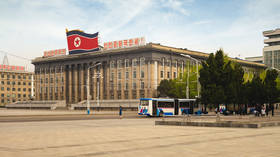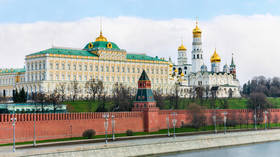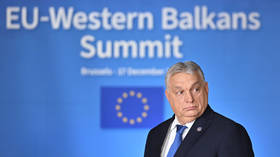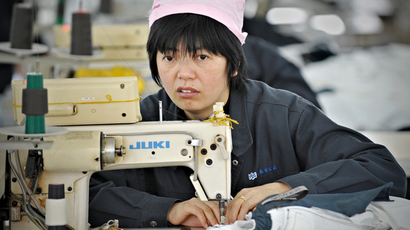China grows at 7.8%: Fastest of 2013, but further success questioned

China's economic growth rebounded in Q3 to 7.8 percent from a two-decade low of 7.5 percent in Q2, helped by government stimulus measures. Analysts warn growth in the world’s second largest economy may not last, as global demand remains weak.
Economists remain split on the 'success' of the figures. The
improvement allays fears of a deeper slowdown that could crimp
world growth, but also signals China may be settling into
healthy, robust, growth.
Premier Li Keqiang attributed the growth to increased factory
output and investment, and said on Friday construction and
building were also the main drivers. In September, industrial
production rose 10.2 percent year-on-year, according to the
National Bureau of Statistics.
In response, the yuan hit a 20-year high on Friday, as FOREX analysts were excited by China’s first economic growth acceleration in three quarters.
The ‘cheap’ yuan has long driven exports by making Chinese goods
more competitive in international markets, and a stronger
currency could hinder the export niche.
Premier Li’s economic plan of ‘Likanomics’ includes many reforms
to counter the trillions of dollars in local government debt
racked up during the 2008/2009 financial crisis. China has not
indicated it plans on cutting interest rates to foster growth,
like many European countries.
However, as Chinese growth was largely fueled by government spending, while global demand remains fragile, the outlook for the country remains murky, analysts warn.
"The economy is facing a complex and uncertain domestic and international environment," Reuters quotes Sheng Laiyun, a spokesman for the National Bureau of Statistics.
In the first nine months of 2013, consumption accounted for 46 percent of growth, much less than the 56 percent for investment. Exports, on the other hand, contracted 1.7 percent.
After 30 years of double–digit expansion underpinned by exports
and investment China is now seeking to restructure its economic
mix and boost domestic consumption, mostly to hedge against external factors of exports and
investment. In Q2, growth fell to 7.5 percent, the first time expansion has fallen
below 8 percent in 20 years.
Hedging against volatile external conditions has become even more
relevant amid the backdrop of the US debt crisis, as China holds
nearly $1.3 trillion in US Treasury bonds.
China’s emerging middle class, cheap labor and competitive
exports have helped build the world’s second largest economy.














